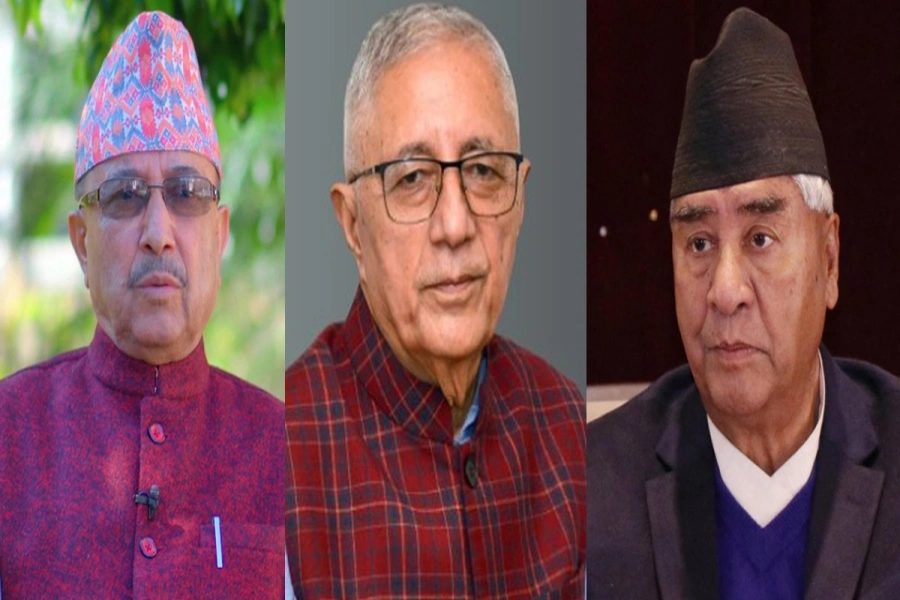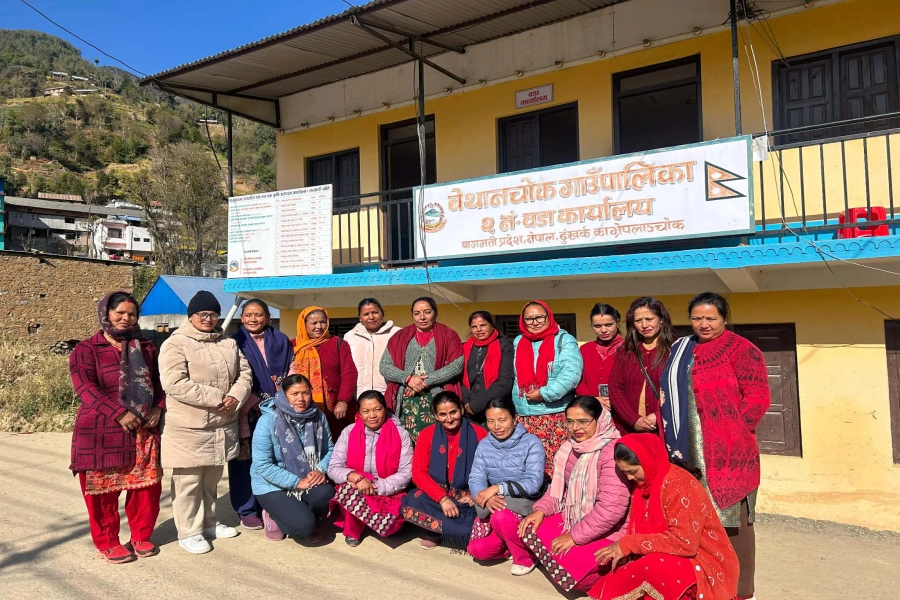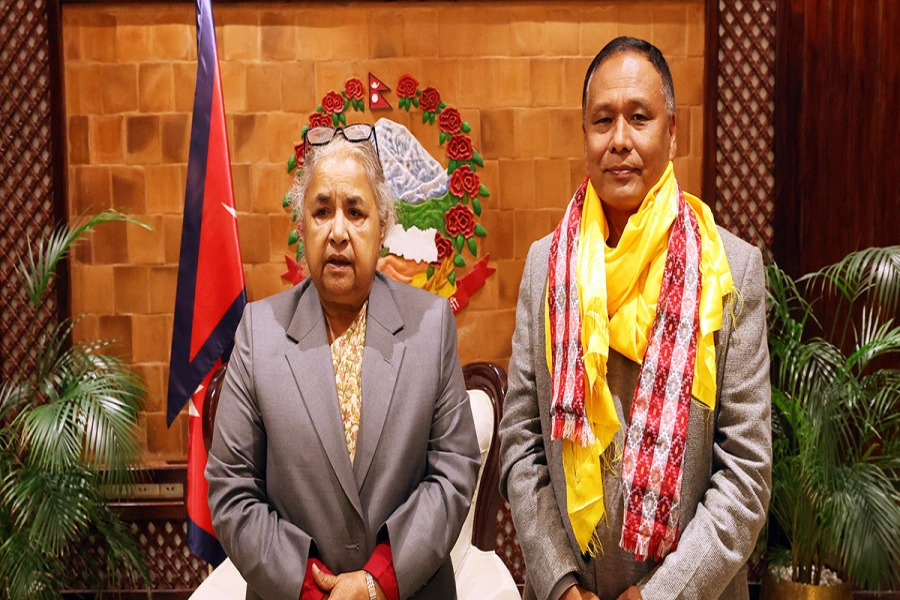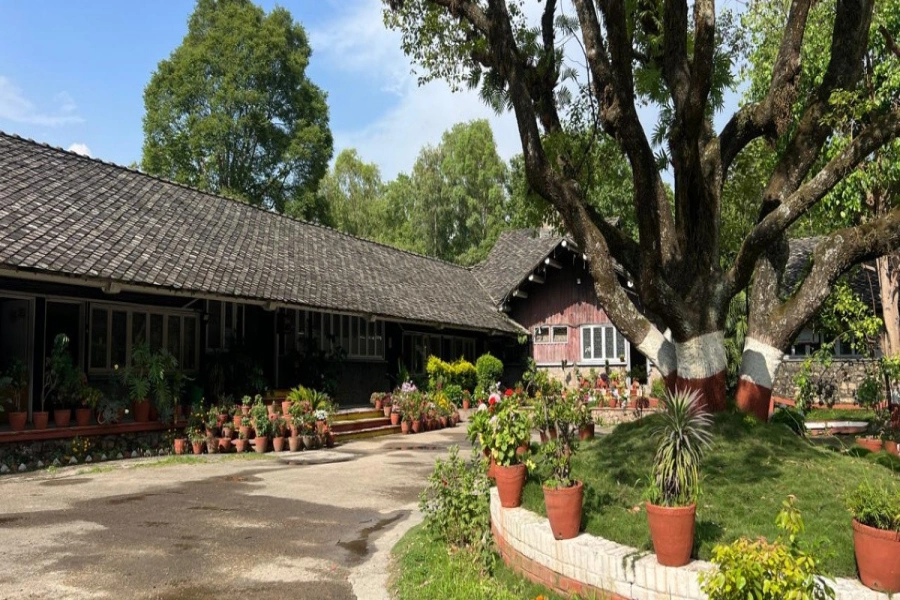In today's world, the significance of disability-inclusive development in achieving sustainable development goals and upholding human rights has never been more crucial. This article delves into the essence of disability-inclusive development and explores the pressing need for its implementation. As we navigate through a rapidly evolving global landscape, it is essential to understand what disability-inclusive development truly entails and why it is garnering widespread attention. To shed light on this critical subject, I will draw upon insights from the stakeholders' orientation on disability-inclusive development, expertly organized and facilitated by Prayatna Nepal—an organization established in 2015. Prayatna Nepal has made significant strides in empowering visually-impaired girls and women through diverse initiatives. As a part of the overarching national and global disability rights movement, it has embraced the social and rights-based model of disability and champions the core principle of "Nothing about us without us." This article will emphasize the holistic requirements and approaches necessary to realize an inclusive society for all, fostering an environment where no one is left behind.
Disability-inclusive development refers to a holistic and participatory approach that ensures the inclusion and active participation of persons with disabilities in all aspects of society and development initiatives. It recognizes that individuals with disabilities have the right to equal opportunities, access to resources, and meaningful engagement, aligning with the principle of the Sustainable Development Goals (SDGs) "Leaving no one behind."Inculcating this approach, organizations can foster sustainable development by leveraging the untapped potential of persons with disabilities, promoting diversity, and reducing inequalities. By incorporating disability inclusive policies and programs, organizations can ensure accessibility, reasonable accommodations, and universal design in their operations, thereby creating an inclusive environment that empowers individuals with disabilities to contribute fully to society, enriching communities, and ultimately advancing human rights for all.
Understanding Disability
The concept of disability, as recognized by the UN Convention on the Rights of Persons with Disabilities (UNCRPD) in 2006, is acknowledged to be dynamic and evolving. The UNCRPD defines persons with disabilities as individuals experiencing long-term physical, mental, intellectual, or sensory impairments, which, when coupled with societal barriers, may hinder their full and effective engagement in society on an equal basis with others. To identify those at a higher risk of social exclusion due to an unaccommodating environment, the Washington Group (WG) concentrates data collection on individuals facing challenges in basic, universally relevant activities. This approach aims to determine those who might be limited in accessing education or employment opportunities. Over time, different models have shaped the perception of disability, including the historical "Charity Model," which elicited sympathy and assistance, the "Medical Model," which emphasized individual medical conditions and rehabilitation, the "Social Model," which underscored society's responsibility in promoting inclusion, and finally, the "Rights-Based Model," which recognized disability as a matter of human rights, demanding inclusion and equal opportunities for all. The "Rights-Based Model" of disability has been a significant shift in how society perceives and addresses disability. Unlike the previous models, which often focused on providing charity or medical interventions, the Rights-Based Model recognizes disability as a human rights issue. It emphasizes that persons with disabilities are entitled to the same rights and opportunities as anyone else, without discrimination. This model aligns closely with the principles of disability-inclusive development and human rights.
Understanding disability

At the core of disability-inclusive development is the idea that all development programs, policies, and initiatives must be designed in a way that considers the needs and rights of persons with disabilities. This means ensuring equal access to education, healthcare, employment, transportation, and all aspects of social life. Disability-inclusive development seeks to break down the barriers and create an inclusive society that empowers individuals with disabilities to actively participate in decision-making processes and contribute to their communities' well-being. The Rights-Based Model also intersects with the broader human rights framework. The United Nations' Universal Declaration of Human Rights and subsequent conventions, including the UNCRPD, guarantee the rights and dignity of all individuals, regardless of their abilities. The Rights-Based Model demands that these rights are equally applicable to persons with disabilities and emphasizes that no one should be excluded or discriminated against on the basis of their disability.
Legal Landscape in Nepal
In Nepal, disability-inclusive development is firmly supported by constitutional and legal provisions. The Constitution of Nepal, established in 2015, enshrines the fundamental rights of every individual to live with dignity, equality, and social justice. These provisions extend to people with disabilities, ensuring they enjoy the same rights as their fellow citizens. The Rights of Persons with Disabilities Act, enacted in 2017, defines disability as a condition that hinders a person's full and effective participation in social life due to physical, mental, intellectual, or sensory impairments, as well as functional limitations or existing obstacles. The Act further categorizes disabilities into ten types, including physical disability, visual impairment, hearing impairment, hearing-visual impairment, voice and speech impairment, mental or psychosocial disability, intellectual disability, hemophilia, autism-related disabilities and multiple disabilities. The definition of disability in this legislation underscores the importance of considering long-term impairment, functional limitations, and participation restrictions when addressing disability-related issues.
The government of Nepal has taken strides to cater to the varying needs of individuals with disabilities by introducing different disability cards based on the severity of their condition. Those with profound disability are identified by a red disability card, while individuals with severe disability hold a blue card. Moderate disability is denoted by a yellow disability card, and mild disability is represented by a white disability card. These distinctions aim to facilitate targeted support and services for people with disabilities, ensuring they can fully participate in society and lead fulfilling lives.
Fostering an Inclusive Organizational Culture
During the orientation, a significant emphasis was placed on integrating disability-inclusive organizational development. This was particularly important given the diverse backgrounds of the participants, who represented various organizations. The notion of incorporating disability-inclusive practices within the organizational context holds immense significance as it plays a pivotal role in cultivating an environment that values diversity and fosters inclusivity. It involves adopting a disability inclusion approach within the organizational setting, which promotes diversity and benefits the overall functioning of the organization. To achieve this, two key prerequisites must be addressed. Firstly, disability inclusive etiquette and communication should be emphasized and practiced within the organization. This entails fostering a culture of respect, empathy, and understanding towards individuals with disabilities, ensuring that communication channels are accessible to everyone, regardless of their abilities. Secondly, the organization should transition from a Community-Based Rehabilitation (CBR) approach to a more comprehensive Community-Based Inclusive Development (CBID) approach. This shift involves considering the needs and perspectives of individuals with disabilities in all aspects of organizational planning and decision-making processes.
To gauge progress towards disability-inclusive development, organizations should reflect on several critical questions. These include whether they employ individuals with disabilities, whether persons with disabilities hold executive decision-making roles, whether the physical infrastructure is accessible, whether their websites are disability-friendly, whether they disseminate materials that are easy to comprehend, and whether they provide sign language interpreters or volunteers for individuals with disabilities. In order to practically inculcate disability-inclusive development, organizations must address barriers and gaps within the ACAP Model, which stands for Attitude, Communication, Access, and Participation. This means cultivating positive attitudes towards individuals with disabilities, ensuring effective and inclusive communication strategies, providing accessible physical spaces and digital platforms, and actively involving people with disabilities in various aspects of the organization's activities.
Recommendations for a More Inclusive Society
After engaging in intensive discussions on disability-inclusive development, the orientation program yielded practical recommendations with significant implications. Firstly, it is crucial to foster awareness and sensitize individuals through workshops and training sessions, and to address disability-related challenges comprehensively. Secondly, implementing inclusive policies that actively champion the integration of people with disabilities across various organizational functions is imperative. Additionally, there is a pressing need to enhance accessibility by investing in and maintaining physically accessible infrastructure, including transportation and public facilities. Moreover, embracing diversity and representation, particularly by ensuring individuals with disabilities are represented in leadership and policy-making roles, is pivotal for genuine inclusivity. To gauge the effectiveness of disability-inclusive measures, establishing a robust monitoring and evaluation system is vital for tracking progress and measuring impact. Lastly, dedicating sufficient resources and funding to effectively implement and sustain disability-inclusive programs is essential to drive meaningful change. By adhering to these recommendations, organizations and policymakers can make significant strides towards creating a more inclusive and equitable society for people with disabilities.
Realizing an Inclusive Society for All
In conclusion, disability-inclusive development stands as a pivotal framework that holds the potential to foster sustainable and equitable societies. This article explored the essence of disability-inclusive development and its growing significance in achieving sustainable development goals and upholding human rights. Through insights drawn from the stakeholder orientation on disability-inclusive development facilitated by Prayatna Nepal, it became evident that disability-inclusive development demands a comprehensive and participatory approach. By embracing the Rights-Based Model of disability and the principle of "Nothing about us without us," organizations can promote social inclusion and empower persons with disabilities to actively contribute to their communities. Additionally, the Constitution of Nepal and the Rights of Persons with Disabilities Act have laid a solid foundation for disability rights within the country. However, to truly achieve disability-inclusive development, organizations and policymakers must take proactive steps in cultivating disability-inclusive practices, fostering awareness, implementing inclusive policies, enhancing accessibility, promoting representation, and allocating adequate resources. Through these collective efforts, we can progress towards a society where no one is left behind, and the full potential of every individual, regardless of their abilities, can be realized.
































